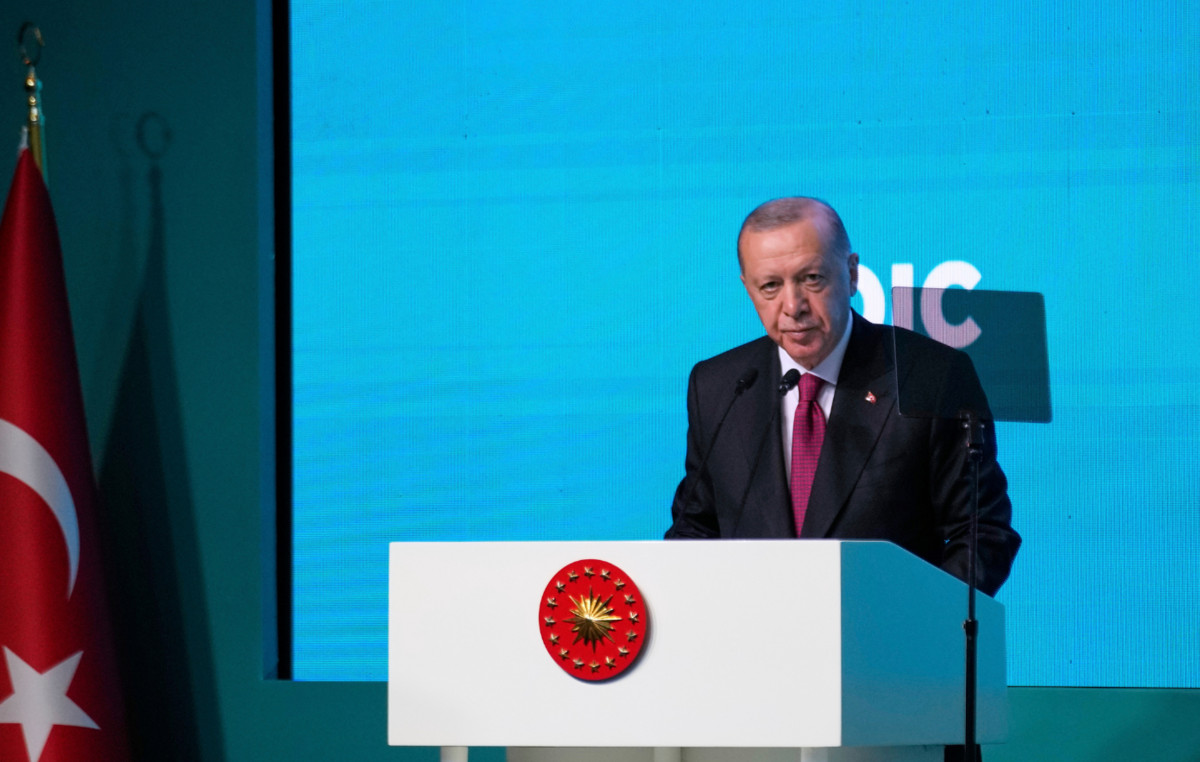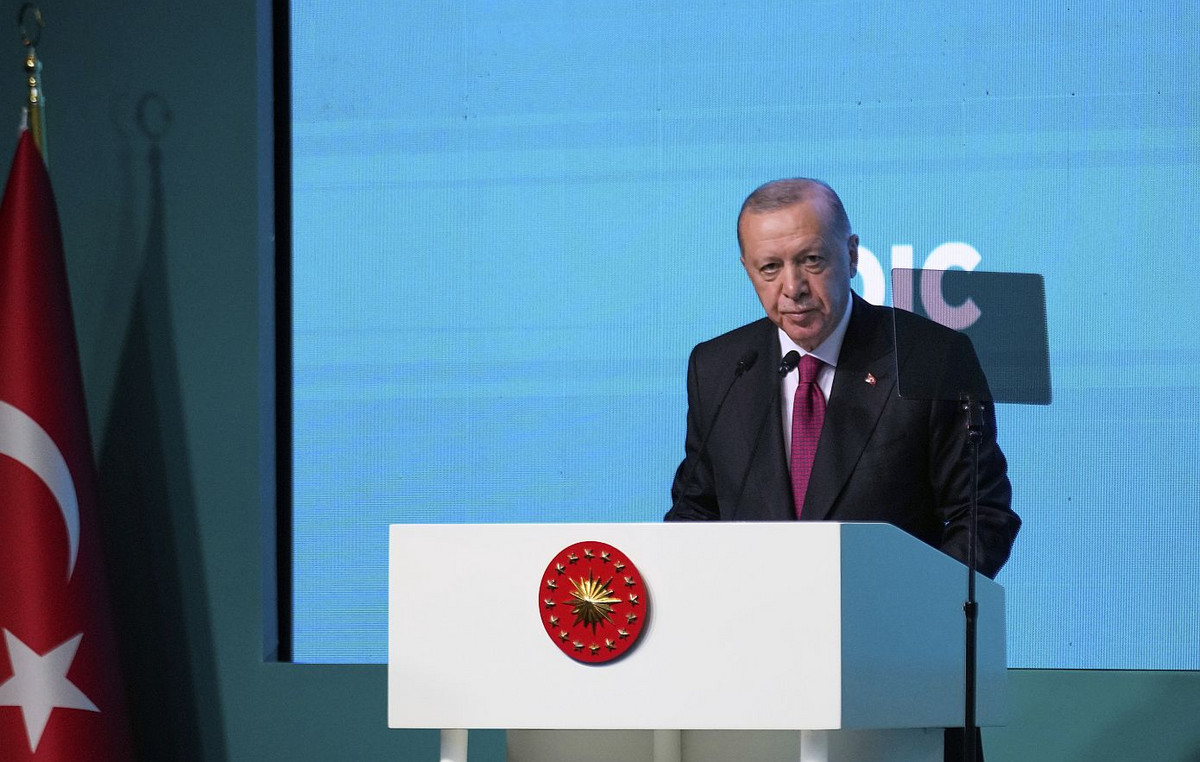- EUR/JPY is gaining ground around 165.75 in the Asian session on Wednesday, up 0.33% on the day.
- The BoJ surprised markets by raising interest rates by 15 bps and reducing bond purchases.
- German GDP figures and inflation data increase the challenges for the ECB to cut interest rates.
The EUR/JPY pair is trading on a stronger note near 165.75 during the Asian session on Wednesday. The Japanese Yen (JPY) is lower after the Bank of Japan (BoJ) decided to raise the interest rate at its July meeting on Wednesday.
Following the two-day monetary policy review meeting on Wednesday, the BoJ surprised markets by raising its short-term rate target by 15 basis points (bps) from the range of 0%-0.1% to 0.15%-0.25%. In addition, the Japanese central bank decided to reduce the purchase of Japanese government bonds (JGBs) to 3 trillion per month starting from the first quarter of 2026. The Japanese Yen (JPY) loses ground despite the BoJ raising its short-term rate.
Disappointing economic growth and a surprising acceleration in inflation in Germany are increasing the European Central Bank’s uncertainty about further interest rate cuts in September. Germany’s harmonised index of consumer prices (HICP) rose 2.6% year-on-year in July, compared with 2.5% in June, above the consensus of 2.4%. This figure triggered the view that Germany’s prolonged stagflation will continue in the coming quarters.
Meanwhile, the German economy shrank 0.1% on a quarterly basis after growing 0.2% in the first quarter, first estimate data published by Destatis showed on Tuesday. This was weaker than the 0.1% increase expected. The eurozone economy expanded 0.3% in the three months to the end of June, above the market consensus for a 0.2% quarterly increase. Traders will take further cues from preliminary eurozone CPI and German retail sales data, due later on Wednesday.
Bank of Japan FAQs
The Bank of Japan (BoJ) is the Japanese central bank, which sets the country’s monetary policy. Its mandate is to issue banknotes and carry out monetary and foreign exchange control to ensure price stability, which means an inflation target of around 2%.
The Bank of Japan has been pursuing ultra-loose monetary policy since 2013 in order to stimulate the economy and fuel inflation amid a low-inflation environment. The bank’s policy is based on Quantitative and Qualitative Easing (QQE), or printing money to buy assets such as government or corporate bonds to provide liquidity. In 2016, the bank doubled down on its strategy and further relaxed policy by first introducing negative interest rates and then directly controlling the yield on its 10-year government bonds.
The Bank of Japan’s massive stimulus has caused the Yen to depreciate against its major currency peers. This process has been exacerbated more recently by a growing policy divergence between the Bank of Japan and other major central banks, which have opted to sharply raise interest rates to combat decades-high inflation. The Bank of Japan’s policy of keeping rates low has led to a widening spread with other currencies, dragging down the value of the Yen.
The weak yen and the surge in global energy prices have caused Japanese inflation to rise, exceeding the Bank of Japan’s 2% target. However, the Bank of Japan judges that a sustainable and stable achievement of the 2% target is still not in sight, so a sharp change in current monetary policy seems unlikely.
Source: Fx Street
I am Joshua Winder, a senior-level journalist and editor at World Stock Market. I specialize in covering news related to the stock market and economic trends. With more than 8 years of experience in this field, I have become an expert in financial reporting.







